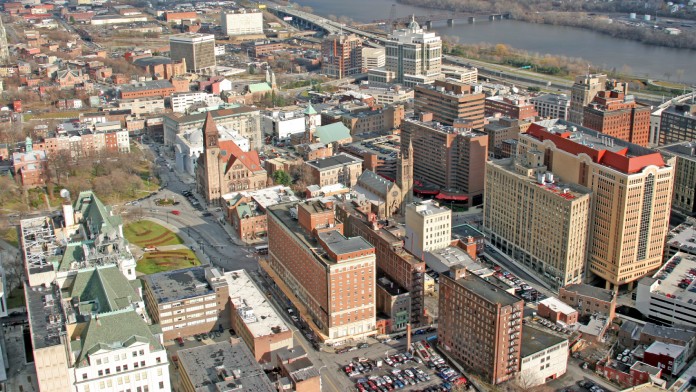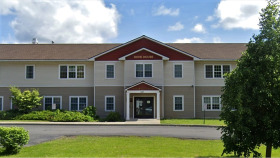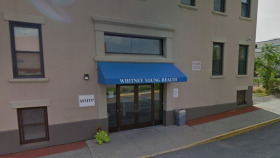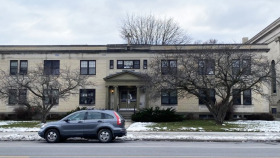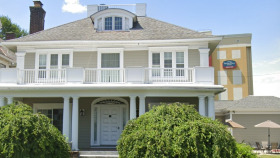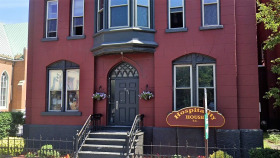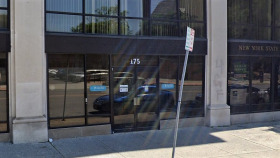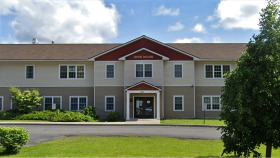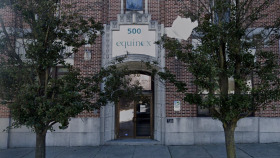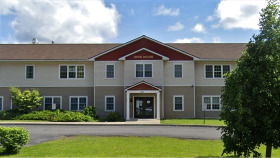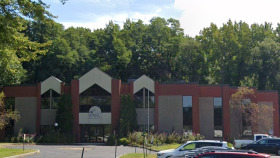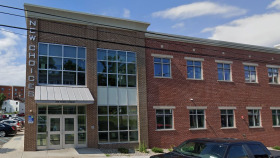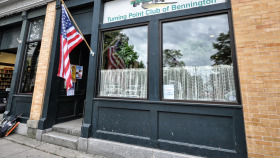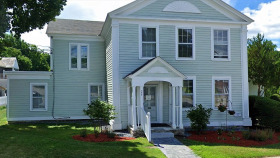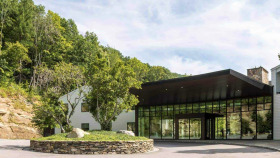Drug and Alcohol Stats in Albany, NY
The following statistics provide an overview of substance abuse in Albany County and how it is affecting the local population:3,4,5
The opioid overdose mortality rate per 100,000 people was 9.6 in 2016.
In 2017, the buprenorphine prescribing rate for substance use disorder was 48.9 per 100,000 population.
In 2016, the rate of emergency department visits including any opioid overdose was 45.5 per 100,000 population.
The rate of newborns with neonatal withdrawal syndrome or affected by maternal use of drugs was 11.9 per 100,000 population in 2016.
- In 2017, the rate of overdose deaths involving any opioid was 13 per 100,000 population.
- In 2016, the rate of overdose deaths involving any opioid was 8 per 100,000 population.
- The rate of hospital discharges involving heroin overdose in 2017 was 3 per 100,000 population.
- The rate of hospital discharges involving heroin overdose in 2016 was 4 per 100,000 population.
Resources
- Rey, M. D. (2022, February 7). Report says New York was 4th in fentanyl deaths last year. Times Union.https://www.timesunion.com/state/article/New-York-4th-in-fentanyl-deaths-last-year-16836094.php
- Center, K. (2019, January 18). release: Sheriff apple and community partners announce expansion of treatment resources in albany county jail. Katal Center for Equity, Health, and Justice. https://katalcenter.org/release_albany_mat_expansion/
- Drug rehab centers in AlbaNY, NY – Bedrock. (2022, September 22). Bedrock Recovery Center. https://bedrockrecoverycenter.com/new-york/albany/
- Healthy Capital District Initiative. (2019). 2019 Capital Region Health Assessment. https://www.albanycounty.com/home/showpublisheddocument/3336/637176338131100000
- New York State Department of Health. (2019). New York State opioid annual report 2019. https://www.health.ny.gov/statistics/opioid/data/pdf/nys_opioid_annual_report_2019.pdf

